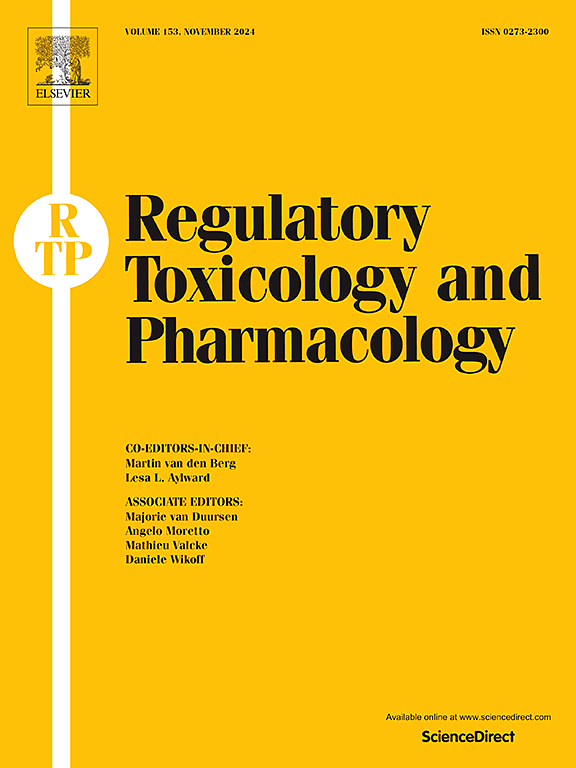超越分子结构:比较澳大利亚和欧洲的纳米鉴定和分类管理方法
IF 3.5
4区 医学
Q1 MEDICINE, LEGAL
引用次数: 0
摘要
在监管和毒理学方面,纳米材料挑战了关于物质识别和风险评估的基本假设。通过比较澳大利亚和欧洲工业化学品法规的物质识别要求——澳大利亚工业化学品引入计划(AICIS)和化学品的注册、评估、授权和限制(REACH)——本文探讨了法律行为者如何将纳米毒理学的发展科学纳入建立监管方法的识别框架。这些框架很重要,因为它们构建了监管机构如何区分需要新的风险评估和监管批准的“新”物质和已经评估的“现有”物质。研究结果表明,REACH和AICIS创造了不同的纳米鉴定方法。REACH采用了一种综合的多因素方法,与新兴的纳米毒理学原理相一致,而AICIS依赖于更广泛的基于结构的CAS标识符。这些框架在使用的因素和材料识别的特异性方面有所不同。这种监管数据差异可能会影响纳米风险监管,在澳大利亚的监管环境中,为管理具有可变风险特征的不同纳米形式造成潜在的科学和法律漏洞。这一分析表明,对复杂材料的有效监管不仅取决于准确的材料特征,还取决于在科学知识和监管行动之间进行调解的法律信息系统的结构设计。本文章由计算机程序翻译,如有差异,请以英文原文为准。
Beyond molecular structure: Comparing Australian and European regulatory approaches to nano-identification and classification
Across regulation and toxicology, nanomaterials challenge foundational assumptions about substance identity and risk assessment. Through comparing substance identification requirements across Australian and European industrial chemical regulation – the Australian Industrial Chemicals Introduction Scheme (AICIS) and the Registration, Evaluation, Authorisation and Restriction of Chemicals (REACH) respectively – this article explores how legal actors have incorporated the evolving science of nanotoxicology into the identification frameworks that establish regulatory approaches. These frameworks are important as they structure how regulators delineate between ‘new’ substances requiring novel risk assessment and regulatory approval, and ‘existing’ substances that have already been assessed.
The findings reveal REACH and AICIS have created contrasting approaches to nano-identification. REACH employs a comprehensive multifactorial method aligned with emerging nanotoxicological principles, while AICIS relies on broader structure-based CAS identifiers. These frameworks differ in both factors used and the specificity of material identification. Such regulatory data discrepancies could impact nano-risk regulation, creating potential scientific and legal vulnerabilities for managing distinct nanoforms with variable risk identities in Australia's regulatory environment. This analysis shows that the effective regulation of complex materials depends not just on accurate material characterisation, but on the structural design of legal information systems that mediate between scientific knowledge and regulatory action.
求助全文
通过发布文献求助,成功后即可免费获取论文全文。
去求助
来源期刊
CiteScore
6.70
自引率
8.80%
发文量
147
审稿时长
58 days
期刊介绍:
Regulatory Toxicology and Pharmacology publishes peer reviewed articles that involve the generation, evaluation, and interpretation of experimental animal and human data that are of direct importance and relevance for regulatory authorities with respect to toxicological and pharmacological regulations in society. All peer-reviewed articles that are published should be devoted to improve the protection of human health and environment. Reviews and discussions are welcomed that address legal and/or regulatory decisions with respect to risk assessment and management of toxicological and pharmacological compounds on a scientific basis. It addresses an international readership of scientists, risk assessors and managers, and other professionals active in the field of human and environmental health.
Types of peer-reviewed articles published:
-Original research articles of relevance for regulatory aspects covering aspects including, but not limited to:
1.Factors influencing human sensitivity
2.Exposure science related to risk assessment
3.Alternative toxicological test methods
4.Frameworks for evaluation and integration of data in regulatory evaluations
5.Harmonization across regulatory agencies
6.Read-across methods and evaluations
-Contemporary Reviews on policy related Research issues
-Letters to the Editor
-Guest Editorials (by Invitation)

 求助内容:
求助内容: 应助结果提醒方式:
应助结果提醒方式:


